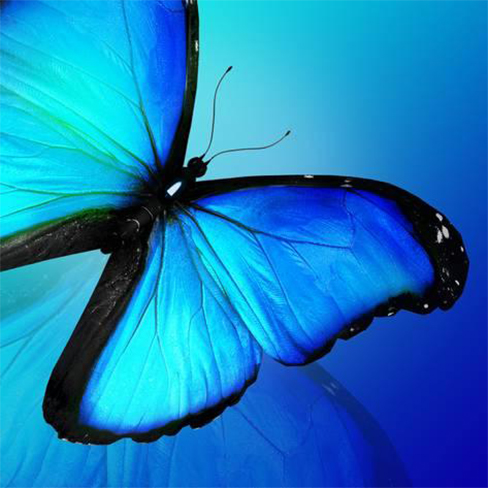Blue
According to various international studies, the world’s most popular color is blue. Based on the survey conducted by several global marketing firms, they’ve concluded that people worldwide picked blue (40%) as their favorite color followed by purple (14%). Though some researchers also suggest that red and green are a close second and third respectively. White, orange, and yellow are some of the least favorite colors.
Red
Recent studies have shown that infants as young as 2 weeks of age can already distinguish the color red. Probably because red has the longest wavelength among colors making it the easiest color to process by the developing receptors and nerves in the baby’s eyes.
Yellow
The color yellow can cause nausea, so it is avoided in airplanes. Also, pure bright yellow is believed to be the most irritating color due to its excessive stimulation to the eye. Huh! Knew it, yellow!











